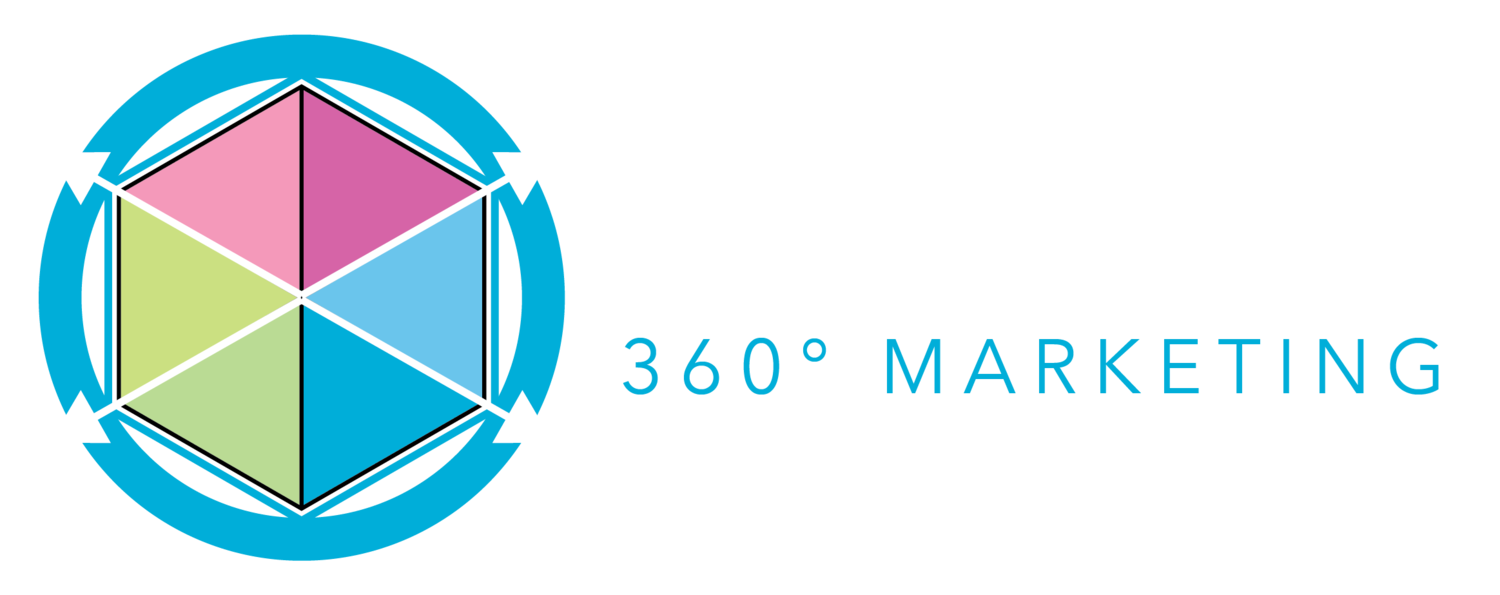Launching in America: It’s not rocket science. Or is it?
How to increase trajectory, maximize impact and minimize risk
As the tech world has flattened, we know that the best and brightest can be based in and come from anywhere - Paris, Berlin, Stockholm, Amsterdam.
Local ecosystems nurture home-grown innovation, with industry, government, university and media converging to pilot, fund and promote entrepreneurs. While that cohesion is essential for seed stage, the most promising and most ambitious companies will look for bigger and faster growth. This leads them to the US to conquer the world’s largest tech market.
But success in the home market can create a false sense of security for startups and investors alike when it comes to US success. Founders likely need to change their mindset, expectations, execution priorities and spending — all while building a culture of global collaboration as a single company.
I've worked with dozens of non-US startups as they've set their sights on global expansion. This piece looks at how to prepare for a safe and successful landing. (And TBH, it applies to any startup.)
Coming to the US is not unlike being launched into space.
It’s cold, vast and lonely. It's not rocket science, though I'll shamelessly use the metaphor.
Entering the US atmosphere can be cold, vast and lonely. 1. It will cost more than you want and take longer than you think. Start now. The single biggest “fatal flaw” for foreign tech companies that they under-value and therefore under invest in sales and marketing -- going unnoticed and getting outsold from the beginning. Almost everything else in “failure to execute” stems from that.
2. No one is waiting for you. Have a sense of urgency. You are not likely obviously unique. There are other solutions already available (including the status quo). They might be better designed, or better sold, or found to be irrelevant and unnecessary. You need to be more than agile — you need to operate from the adage that perfect is the enemy of good and be willing to test, fail, learn and adapt. These are difficult but existential cultural adaptations.
3. Understand where, why and when money matters. Money buys access to better resources — it buys experience. (The talent war is its own topic.). It buys reach across your market, which is essential when you don’t have (or want) the infrastructure. It allows you to get above the noise, which is important in building a brand to attract talent, buyers, partners and others. In short, money buys speed.
Of course, it’s more than just money. It takes orchestrated and executed strategy, expertise and networks to boost the overall trajectory of growth, mitigate risk and limit the cash burn. No fear!
Advance work: The secret to success is in pre-flight preparation.
Proper investment, advanced planning and cross-country collaboration boost the trajectory of US launch
In addition to working with Ring to focus on US GTM for its portfolio, I did workshops at BPI and other accelerators and speed coaching for a lot of international company founders. I don’t want to tell you how many said they would move to the US to feel the market. No plan. Just go. That won’t work today (nor did it then).
There’s a lot you can and should do in advance to increase impact, decrease risk and ultimately accelerate time-to-value in US execution. Here are a few key elements:
1. Target carefully//meet the relatives. Even the unicorns have to start with the first 10, first 100 or first 1000 to get to hypergrowth. If you’re B2B, map your current customer base (wherever they are) to related organizations. Build the ideal customer profiles, define the buying personas (the operational, technical and financial) and create account profiles to know where to focus and with whom. It’s a big enough market. Start ("relatively") small. (Contact us for guidance and support on customer engagement.)
2. Know the players. Understand the competitors — the gorillas and the disruptors. Find the analysts and influencers and subscribe to their content to see what — and who — they are covering. Dig into the key events, their media sponsors and exhibitors to get a picture of the ecosystem.
3. Fix your brand. Everything starts online. Clean up the website, develop self-serve content — videos, podcasts and other easy-to-consume information — about your solution, including customer success stories. Consider and design for the buyer journey from the first point of awareness to consideration to evaluation and what’s needed to support (and accelerate) each stage.
4. Have something to say. In France, it might be about the quality of ingredients and the elegance of the system. In the US, it’s about the problems you solve. The why — not the how. So focus on the buyer needs, challenges and opportunities that you open as a result of using your product. Educate them. Be provocative. Be helpful. Look at what the strategy consultants publish about your use cases and buyer needs and be sure you can connect the dots to your solution.
5. Find your tribes. This is about the business and personal side of coming to the US. For business, You want communities to help you, your teams (and families) set up for success. Expat groups for networking are important — meetup groups and FrenchFounders can help a lot here. Connect with the local tech groups and business groups to help find local buyers, partners and resources.
And while this development can and should be done in advance, it shouldn't be done without dedicated expertise to translate your solution, message and approach to what US buyers, influencers, partners and investors expect. That's not only a translation but an acclimation to the buying, industry and market culture.
Getting on the ground: Early success is all about building partnerships.
A recent “fireside chat” I conducted with a Paris-based co-founder of a profitable and early-stage enterprise SaaS startup illustrates the key issues to consider in US market entry. They had about $5M in ww revenues and were on track to double, and a handful of US anchor customers in addition to a solid French base. They sought and received funding from Ring Capital primarily to fuel US expansion. Here are some takeaways from that discussion:
1. Grow through customers; scale through partners. The best market entry is a “soft landing,” with targets who know your customers, can learn about how you’ve helped them and can see the fit for their own needs. Our co-founder concentrated on getting the customers and working with early deployment partners, supported by their best teams to build credibility and experience.
Channel partners should be cared for as an extension of the selling organization — and first need to be “sold” as to why they should support your product. Is it a new revenue channel for them? Does it build loyalty with their current customers? And they’ll expect you to generate the leads for them.
2. Hire for local market experience. “We realized that we needed people on the ground who really know the market and who’ve been in our space.” The US team includes experienced North American executives for sales and alliances, technical account managers, customer success representatives and BDRs . They brought in a US-based head of marketing to be closer to market messaging, marketing practices and sales support and a seasoned channel leader to take advantage of knowledge, networks and cultural practices.
R+D stays in the home market, with product developers doing rotations to better understand local customer environments. Product team exposure to US buyers is a critical success factor. This can also be addressed through developer participation at local customer exchange workshops.
3. Blend the local team with home-market transplants for collaboration. “We seeded the US with experienced technical people who partner with our local teams.” R&D is and will remain at French headquarters, but their local exposure in the US is invaluable. It’s also a real job perk for the French team to have a US rotation.
"On-the-ground presence gives our French R&D team a direct view of customer requirements and partner expectations, which goes back into product improvements and deployment approaches.”
Cohesive company culture cannot be underestimated for short-term impact and long-term success. The company has regular cross-company and team-specific events and touchpoints. Travel restrictions during the pandemic were challenging, but the principle is to bring people together in France and the US, and to have a regular founder presence in the US. “Ideally the founder should live there if they can.”
4. Invest in your market ecosystem. You need to be present and active in “techno-vendor” events and online communities and visible to leading channel companies. Moreover, you need to engage with the analysts (influencers) who are tracking the space and get to know the operational and management consultancies who address process and change. They serve trusted advisors to executive-level buyers. These relationships start “cold” but warm up with time, attention and investment.
💡 Ecosystems are the fastest path to market mastery. This presentation from Jay McBain of Forrester: 'Embrace the New Reality' (channelfutures.com) tells you everything you need to know.
5. Choose support carefully. I'm sorry to say there are a lot of sharks out there. Just because someone has a unicorn name on their resume doesn’t make them a guru. Context matters in whether they were instrumental or just a number, whether they have specific expertise or know how to throw money around. Likewise, hiring independent sales or channel reps can be fraught with fraud. Be skeptical (but respectful) and go for recommendations.
###
Want to know more? Get in touch with me for a copy of Le Playbook for US market entry.
Bonnie Ravina is the founder of FC360 Marketing (formerly Full Circle Communications), a boutique consultancy that works with B2B tech companies to position, enable and scale marketing for growth, and former operating partner at Ring Capital, a French-based impact VC. She specializes in US market entry and international expansion, having worked with dozens of software and services companies from all around the world.





